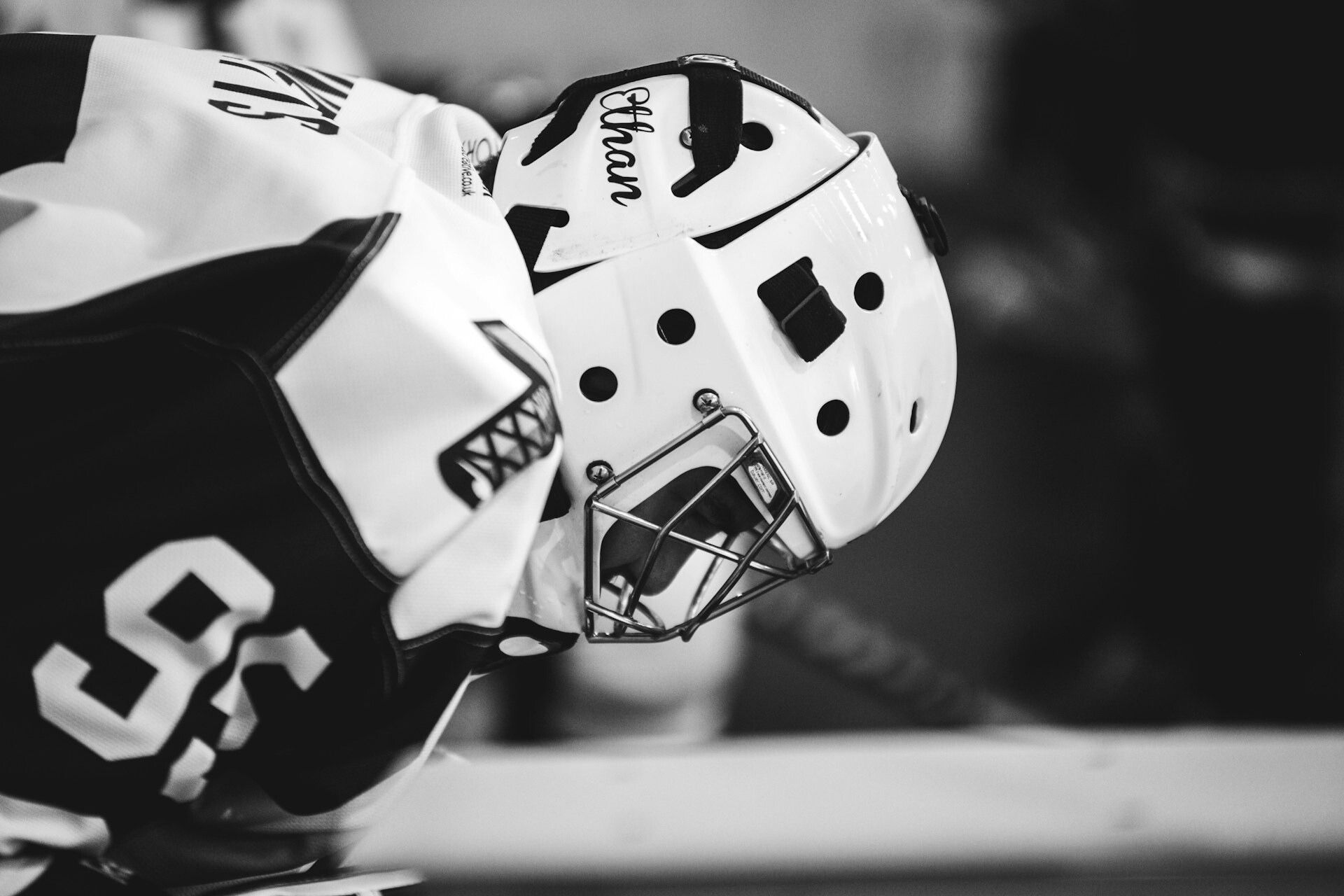Ice hockey is one of the fastest and most exhilarating sports, captivating fans worldwide with its speed, physicality, and intense competition. One of the core aspects of the game that may puzzle new fans is how the game is structured, particularly when it comes to periods. Unlike many sports that use halves or quarters, ice hockey is played in three distinct periods. In this blog, we’ll break down the number of periods in ice hockey, how long they last, and how this structure contributes to the flow of the game.
The Basics: How Many Periods Are in Ice Hockey?
In a standard ice hockey game, there are three periods. This is the norm in professional leagues such as the National Hockey League (NHL), international competitions, and most amateur levels of the game. The idea behind having three periods is to ensure an even distribution of gameplay, allowing teams multiple opportunities to adjust their strategies and adapt as the game progresses.
How Long Is Each Period?
Each period in ice hockey typically lasts 20 minutes of play time. However, there are some exceptions at different levels of play, particularly in youth leagues where periods may be shorter to accommodate younger players.
The clock stops whenever there is a stoppage in play, meaning that an ice hockey game often lasts much longer than the 60 minutes of actual game time. A typical NHL game, for instance, can last around 2 to 2.5 hours when accounting for stoppages, intermissions, and potential overtime.
The Structure of Ice Hockey Periods
Here’s a breakdown of what happens during each period and the game events that occur in between:
1. First Period
The game begins with a face-off at center ice, signaling the start of the first period. This is when teams set the tone, get into their systems, and try to gain an early advantage. The players often come out with high energy, looking to establish their dominance on the ice. At the end of the first 20 minutes, there is a 15 to 20-minute intermission.
2. Second Period
After the first intermission, the teams switch sides, with the second period beginning with another face-off at center ice. The second period often sees teams settle into a rhythm, making adjustments based on the outcome of the first period. Switching sides ensures that neither team benefits from any potential advantages, such as a favored goaltender position relative to the lighting or rink condition.
Another intermission follows the second period, with players heading to the locker rooms to rest and regroup for the final 20 minutes of regular play.
3. Third Period
The third period is often the most intense. Teams know that it’s their final opportunity to secure a win in regulation time. If the game is tied or one team is trailing, you’ll often see more aggressive strategies as teams push to either secure or overcome a lead. After the third period, if the score is still tied, the game moves into overtime or potentially a shootout, depending on the competition rules (more on that below).
Intermissions: What Happens Between Periods?
Between the first and second periods, as well as the second and third periods, there are intermissions that typically last 15 to 20 minutes. During this time:
- Players go to the locker room for a break, to receive coaching instructions, and to strategize for the upcoming period.
- The ice is resurfaced by the Zamboni to ensure optimal playing conditions.
- Fans enjoy various activities such as intermission entertainment, concessions, or a short break themselves.
What Happens If the Game Is Tied After Three Periods?
In most professional leagues and many amateur leagues, if the game is tied at the end of the third period, the game will go into overtime. The specific overtime rules can vary based on the league or competition:
Overtime in Regular Season
- In regular season play, the overtime period typically lasts five minutes, with 3-on-3 play (three skaters and a goalie on each side). The first team to score wins, also known as sudden death overtime.
Overtime in Playoffs
- In the playoffs, overtime is more intense and lasts 20 minutes, played with the usual 5-on-5 format. Overtime continues in sudden death style, meaning the game will only end when one team scores.
Shootouts
- If no team scores during the overtime period in regular-season play, a shootout follows. Each team selects three players to take one-on-one shots against the opposing goalie. If the score remains tied after the shootout, the teams continue alternating shooters until a winner is decided.
Why Is Ice Hockey Played in Three Periods?
The decision to play ice hockey in three periods instead of halves or quarters is rooted in the unique nature of the sport:
- Pace and Fatigue: Hockey is an incredibly fast and physically demanding game, with players constantly sprinting and making quick stops and turns on skates. Having three periods allows for breaks in the action, giving players time to recover, which maintains the high level of play throughout the game.
- Strategic Depth: Breaking the game into three periods adds an additional layer of strategy. Teams can regroup and adjust after each period, adapting to the opponent’s tactics and making key decisions based on the score and performance.
- Fairness: Switching sides after each period ensures that neither team can take advantage of rink conditions or environmental factors like lighting or crowd positioning.
Variations in Period Lengths Across Levels of Play
While professional hockey follows the three-period format with 20-minute periods, other levels of hockey may have slight variations:
- Youth Hockey: Younger age groups often play shorter periods (e.g., 15-minute periods) to accommodate their skill level and endurance.
- College and Junior Hockey: While these leagues generally follow the standard 20-minute period format, some tournaments or exhibitions may have different rules.
- International Competitions: International ice hockey, such as the Winter Olympics or World Championships, also follows the three-period format, though overtime and shootout rules may differ.
Conclusion: Three Periods for Maximum Excitement
Ice hockey’s structure of three 20-minute periods is crucial to maintaining the intensity, excitement, and fairness of the game. This format allows players to perform at their best, teams to adapt their strategies, and fans to enjoy a thrilling and dynamic sport.
Whether you’re new to hockey or a seasoned fan, understanding the importance of the game’s period structure gives you a deeper appreciation for why ice hockey is one of the most exhilarating sports in the world. So, the next time you’re watching a game, you’ll know exactly how the action is structured and what to expect during each period!

